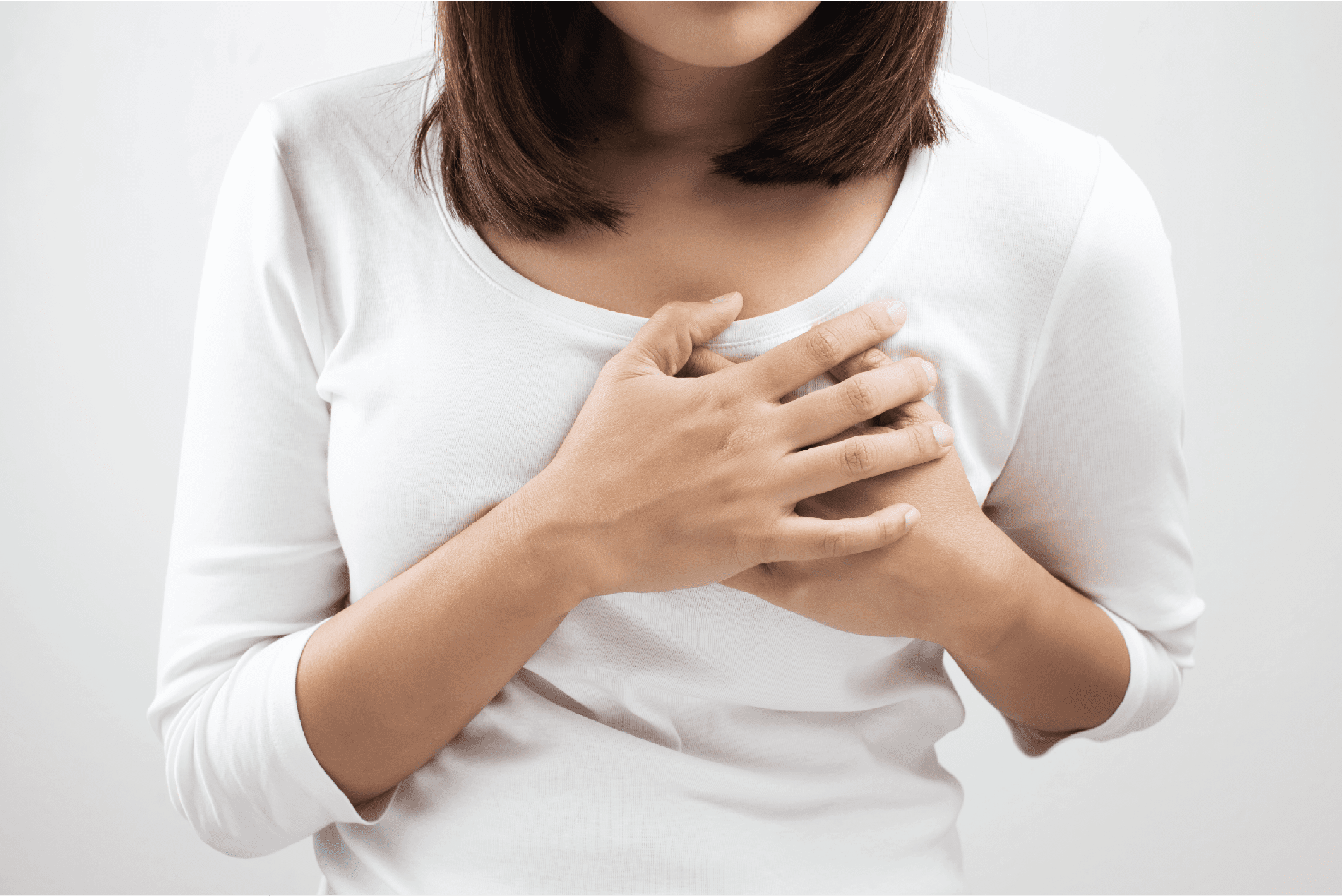Deodorants vs Antiperspirants


The primary difference between deodorants and antiperspirants is that deodorants are designed to minimise odour, whilst antiperspirants minimise odour by reducing sweat production. The active ingredient in antiperspirants that reduces hyperhidrosis (sweating) is aluminium, which has been in use since the start of the 20th century and seems to work by blocking the sweat gland ducts.
Headlines announcing that ‘Aluminium in Deodorants Trigger Breast Cancer’, unsurprisingly caused significant concern amongst consumers. However, was the worry justified and should women really avoid these products as a result?
Deodorants
The first thing to note is that deodorants do not contain any aluminium salts, only antiperspirants do. So, any aluminium-based risk will be restricted to those products marketed as antiperspirants. Secondly, aluminium is used in processed food, drugs (particularly vaccine composition) and cosmetic products. It is also the third most abundant element in the earth’s composition, making avoiding it altogether quite a challenge. Furthermore, the extent of exposure via the skin is thought to be less than 0.002%. Finally, and perhaps most importantly of all, the Journal of the National Cancer Institute carried out an extensive case study in direct response to the aluminium fear-mongering and they concluded that antiperspirants did not increase the risk of breast cancer.
Antiperspirants
So aluminium in antiperspirants is unlikely to cause breast cancer, but should women who already have the condition limit their use of aluminium-containing products? The answer is, probably not. There is usually an increased aggregation of aluminium in tumour tissue; however, there is an increased build-up of other minerals too. Breast tumours typically arise in the upper, outer quadrant of the breast, near the armpit, close to where antiperspirant is applied. However, this is far more likely to be due to the composition of the breast and the fact that there is more glandular tissue in that region. There is no evidence that aluminum-containing antiperspirants exacerbate a cancer diagnosis.
It is, however, recommended that women avoid antiperspirants on the days that they are undergoing mammograms, as the aluminium particles can resemble regions of micro-calcification, hindering the results.
It is far more important for women to select products that will provide maximum benefit for their individual needs. In general, antiperspirants are best suited for those with significant hyperhidrosis; whereas odour-neutralising deodorants are sufficient for most women’s requirements. The Ozalys Smoothing Care Deodorant Cream offers hydration and soothing relief to sensitive skin. It contains sinodor and diatomaceous earth to neutralise odours, and zincidone to avoid bacterial build up. Sweat is odourless and only causes body odour when it reacts with bacteria that is present on the surface of the skin. Dry skin is a common side effect of many chemotherapeutics. Incorporating the Ozalys products, which are rich in moisturising ingredients, into your beauty regime, including your underarm care, can help to alleviate some of the associated discomfort.
About Ozalys
Ozalys’ products have been designed with women who have been affected by cancer in mind. Ozalys allows women to continue to care for themselves every day using products that innovate through their formulas, optimal absorption and packaging. Ozalys’ specially-formulated solutions are catered for physiological conditions that cause dermal sensitivity, or for the side effects of certain treatments that may result in olfactory and dermal ultra-sensitivity.
Ozalys’ personal hygiene, face and body care products have all been developed with the utmost care, minimising preservatives and excluding all substances suspected of being harmful to the body. Their highly soothing, moisturising and protective properties, as well as their delicate application and scent, turn daily beauty routines into moments of well-being and comfort.
Sources:
- Klotz, K, et al. “The Health Effects of Aluminum Exposure.” Deutsches Arzteblatt International, vol. 114, no. 39, 29 Sept. 2017, pp. 653–659., doi:10.3238/arztebl.2017.0653.
- Mirick, D K, et al. “Antiperspirant Use and the Risk of Breast Cancer.” Journal of the National Cancer Institute, vol. 94, no. 20, 16 Oct. 2002, pp. 1578–1580.
- Namer, M, et al. “The Use of Deodorants/Antiperspirants Does Not Constitute a Risk Factor for Breast Cancer.” Bulletin Du Cancer, vol. 95, no. 9, Sept. 2008, pp. 871–880., doi: 10.1684/bdc.2008.0679.
- “Antiperspirants and Breast Cancer Risk.” American Cancer Society, www.cancer.org/cancer/cancer-causes/antiperspirants-and-breast-cancer-risk.html.












































